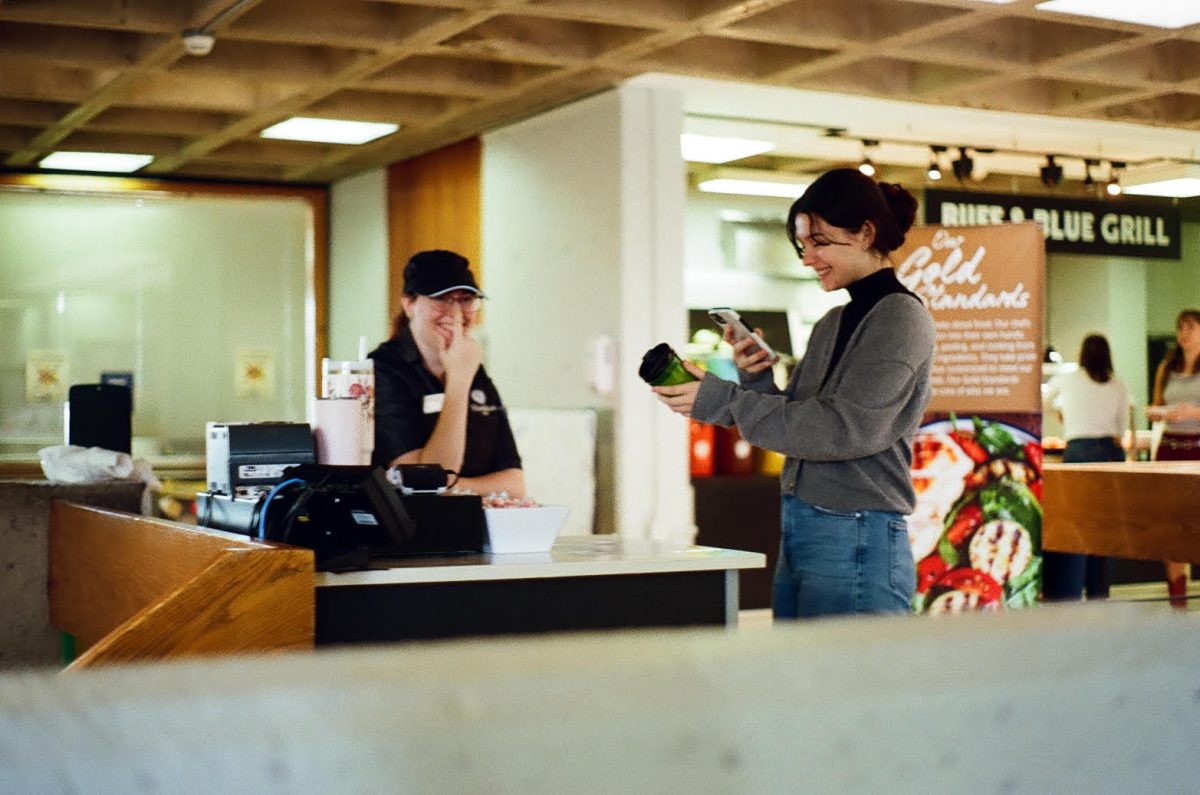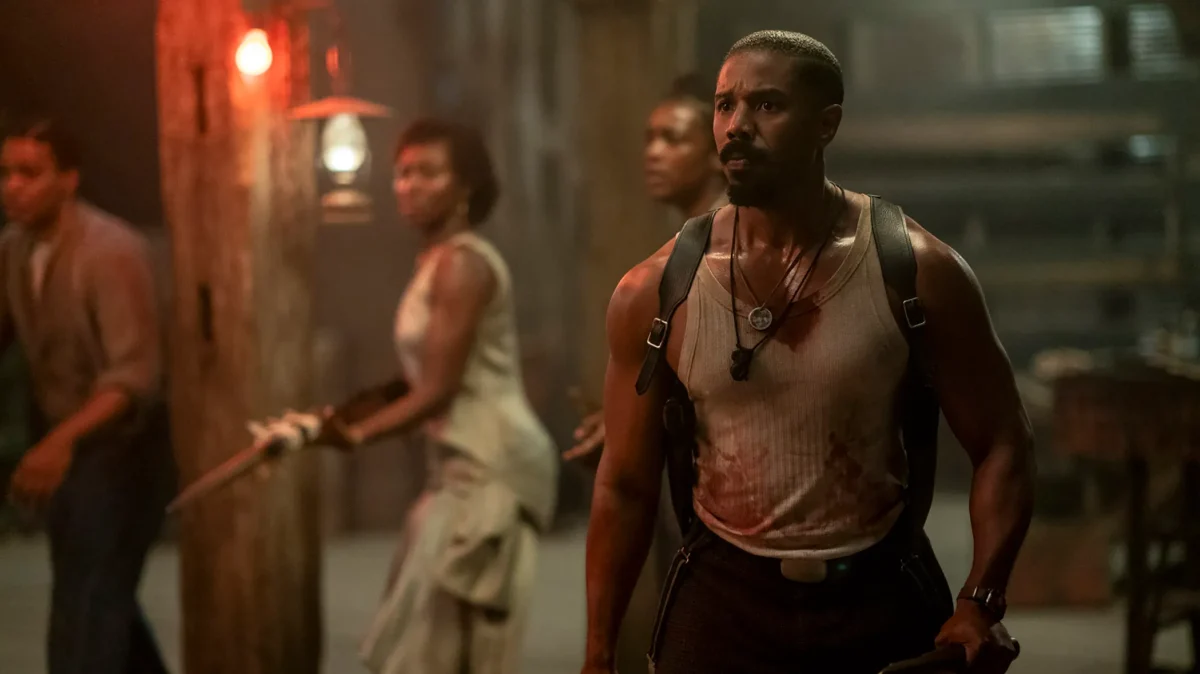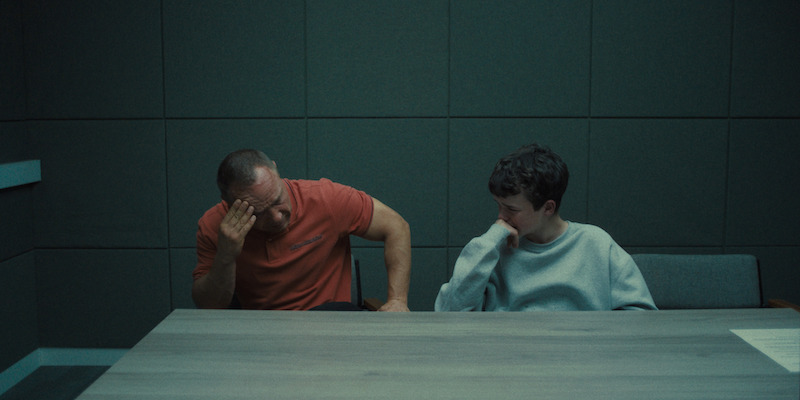
Just before last Halloween, an indie horror game called Lethal Company released on Steam in early access. It’s been completely blowing up over the past few months and has done very well for itself, outselling the latest addition to the Call of Duty franchise and sitting at 10th place on the list of Steam’s highest rated games — impressive given it is the product of a single developer. The premise is simple: gather a crew of up to four players and enter abandoned, post-industrial facilities across a number of moons in the (presumably) fictional Thistle Nebula. Gather up as much scrap as you can to sell back to the company, but be advised that your crew are not the only things inside.
I am not here to say the game is good; unquestionably, the game has done as well as it has because it is a gem. Several factors have contributed to its success, but fundamentally, the core gameplay loop does not cease to be satisfying. Poking around in the dark looking for anything you can find — from axles to engines to whoopie cushions to pickle jars — is entertaining, and seeing the scanner pick something up always provides a rush of excitement. And it makes sense that it would, given that scrap is your lifeline to keeping your job. Every three days, a new quota is levied, each one higher than the last — and you do not want to miss the quota. Finding scrap can be a challenge, but even harder is surviving to bring said scrap back to the ship. The facility interiors contain a number of dangers, from benign traps like mines, turrets, and pits, to malicious entities. Outdoor predators await once night falls, so be back quick or risk getting devoured, and be mindful that the variable weather doesn’t wash you away.
Then there is the moons themselves. The first few you will encounter are all deserts or forests, but late-game destinations that require a fee to travel to are frigid climates with a constant fog. Each one has advantages and disadvantages: experimentation, the starting moon, is often light on enemies, but does not have much scrap; March, meanwhile, has many fire exits outside that allow for a very quick traversal of the facility, but in exchange enemies and traps are more common. Rend and Dine, two of the paid moons, shed the familiar metallic and concrete corridors for the creepy wooden halls of an ornate mansion and contain more dangerous enemies that are otherwise rare on easier destinations, but are of course loaded with far more valuables.
By and large, the enemy designs are brilliant, well-executed and creepy, serving as dangerous entities that can pose threats but still allow for skillful and engaging counterplay. Lethal Company’s poster child, the Bracken, is perhaps the best example of this: he will stealthily stalk unsuspecting employees through the facility, but will retreat if spotted, meaning that one must stay on guard and remain vigilant for his trademark white eyes around every dark corner. Failure to catch him, or if one stares at him for too long (he is very self-conscious), will result in him snapping the neck of the victim and dragging their body deep inside. Not only is the Bracken consistently frightening (both in creating tension and sudden jumpscares), but it controls how you play the game regardless if he is present or not. The Coil-Head is also a stroke of genius: it is your classic Weeping Angel-type enemy. As long as you look at him, he remains frozen, but look away and he will move extremely quickly in your direction. Nothing conceptually revolutionary, but the visual design is immaculate. Its disturbing mannequin body is topped with a large spring where its neck should be, so when you turn to look at the source of the rapid footsteps the spring will still be in motion. Moments ago, this now-inanimate object was barrelling towards you at unfathomable speeds, and there’s the proof. This is top-notch design. Lethal Company has succeeded in pairing creepy visuals with crisp sound design, and engaging mechanics to boot; while Coil-Heads aren’t a threat alone, especially if you have a friend with you, throw any other enemy into the mix and both become exponentially more difficult to overcome. I’m not the first person to make these observations, but it’s impossible not to gush. A combination of almost cartoonish graphics, as well as effective monster designs and implementations, lead to a high level of “clipability,” which is certainly responsible for the game’s surge in popularity. For a horror game, it is hilarious with friends.
As someone who plays almost exclusively indie games, the financial and critical success of Lethal Company has been extremely promising for me. I do hope that people realize that there are more games out there than just Call of Duty 1899 or FIFA X-10: FALCON FALL or whatever nonsensical slop AAA studios are churning out. Lethal Company, and games like it, could usher in a new era of gaming, free of crap, in which the consumer can really thrive. Give the game a try, especially if you can persuade some friends to do it too. At just 10 bucks, it’s a steal, and for an alleged horror game you won’t find a better comedy. With more updates to come, Lethal Company continues to be an encouraging title in the multiplayer horror space and for gaming as a whole. That’s all for now — game over, gamers.
















